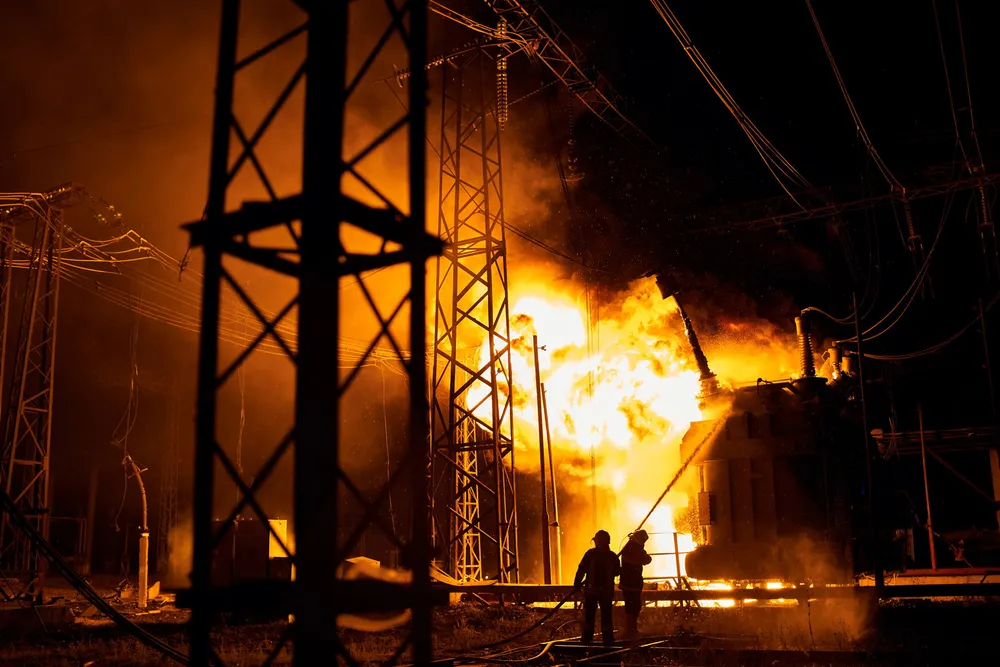Europe disarming Russia’s energy weapon
European Union should follow Ukraine’s military success in fully removing its dependence on Russian oil and gas

European Union should follow Ukraine’s military success in fully removing its dependence on Russian oil and gas
